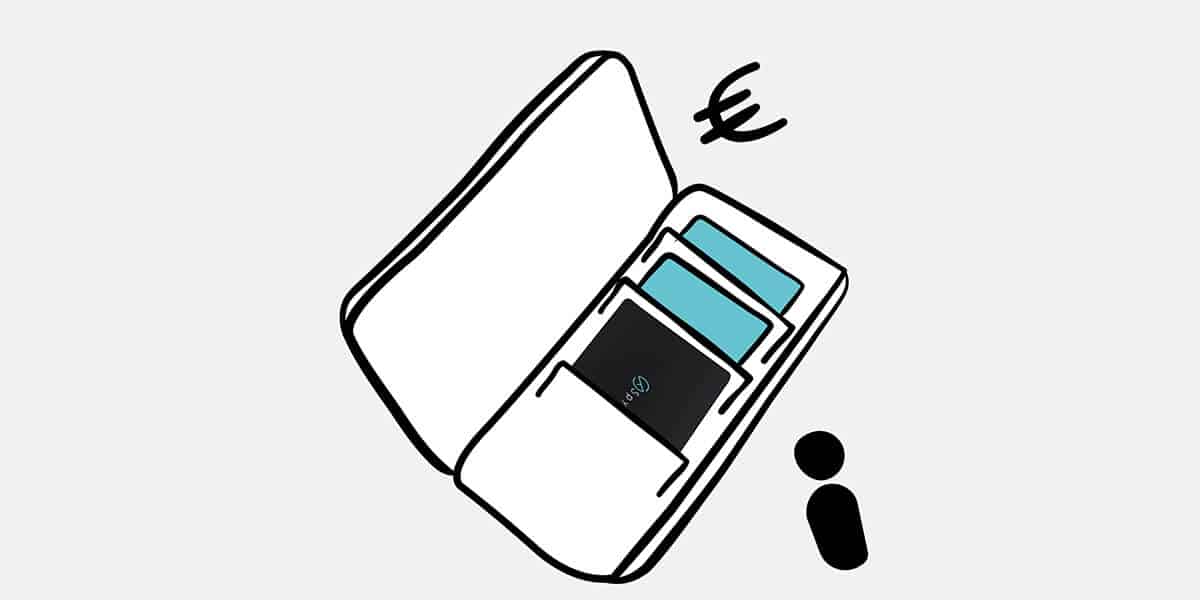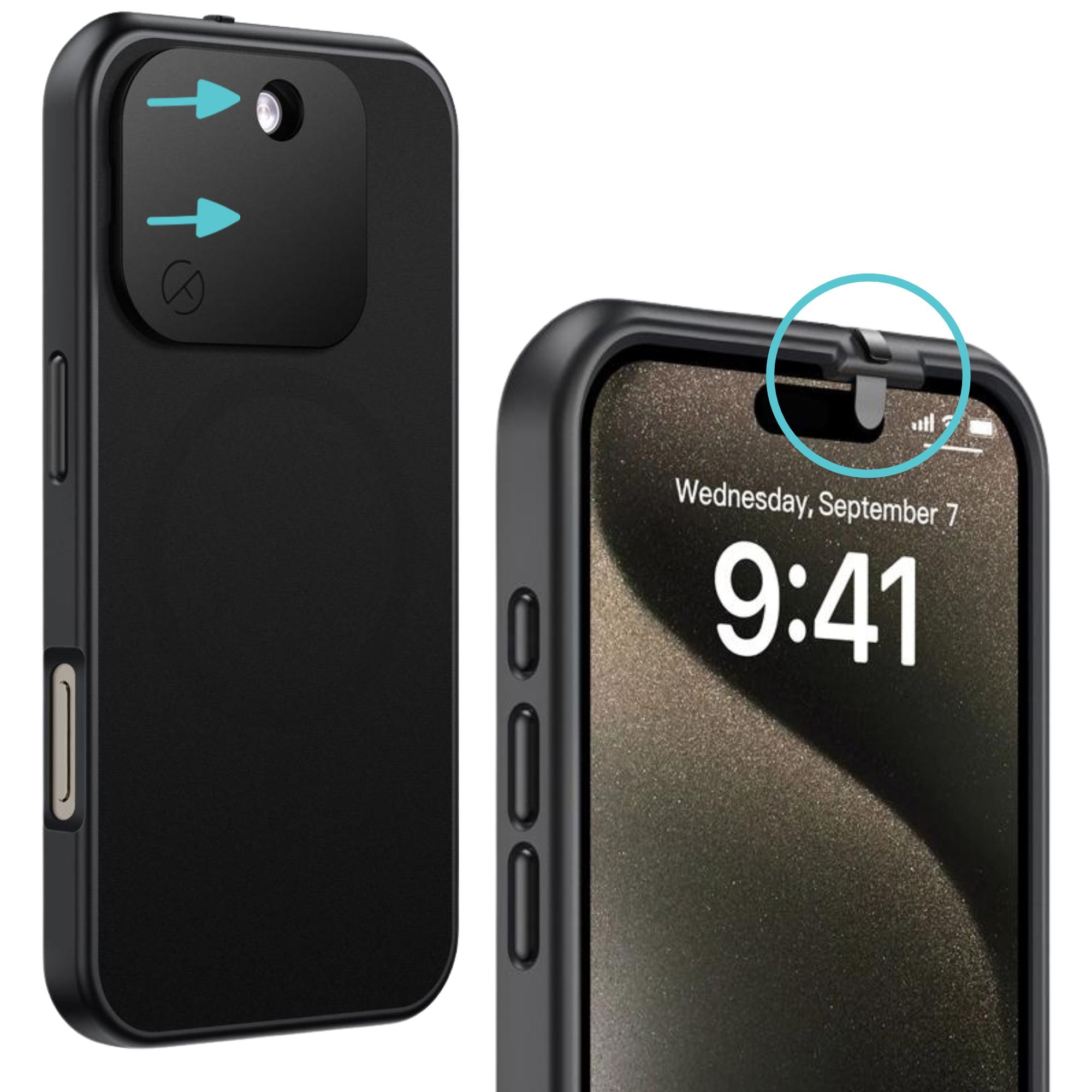LinkedIn is a popular tool for job seekers searching for future employment opportunities. However, job seekers should be aware of the potential for scams and phishing attempts on the job platforms they use – including LinkedIn. For example, Business Insider recently reported that a Dutch recruiting company purposely created a fake job posting for the role of Google CEO in order to demonstrate the potential for LinkedIn job scams. While this particular issue has been fixed, there are other ways in which scammers may create convincing LinkedIn job scams.
Avoiding LinkedIn job scams
According to LinkedIn, these are 5 red flags to watch out for:
- It’s all about the money
- They ain’t got good grammar
- They want your money
- Copycats
- Their identity is anonymous
LinkedIn Job Scams Red Flag #1: it’s all about the money!

This red flag goes along with the age-old adage: if it’s too good to be true, it probably is. If a job posting is all about how much money you could make, or pays special attention to highlight the money you could receive as a bonus, watch out. Don’t let false financial promises lure you into LinkedIn job scams.
LinkedIn Job Scams Red Flag #2: they ain’t got good grammar.
A dead giveaway for a scam is poor grammar or frequent misspellings in a job posting. If the company name is spelled wrong or there is a weird misspelling in a link on a job post, you may have found a scam. If you notice these sorts of errors when reading over a job posting, you should immediately be suspicious. If this red flag is present, it is likely that others are as well.
LinkedIn Job Scams Red Flag #3: they want your money.
Some LinkedIn job scams may ask you for money, claiming it is part of the application process. Do not transfer or send money when applying for jobs on LinkedIn! This sort of scam is similar to email phishing attempts. You should not need to send a payment in order to apply to legitimate postings on LinkedIn. This sort of scam preys on people’s desperation during their job search. Even privacy-aware candidates may overlook this sort of red flag when presented with a seemingly promising job opportunity.
LinkedIn Job Scams Red Flag #4: copycats!
Some fraudsters may rely on a clever disguise to trick you.

By assuming or mirroring the identity of a legitimate company, scammers may lure you into a false sense of security. Double-check the company that is linked to the posting to verify their identity.
LinkedIn Job Scams Red Flag #5: their identity is anonymous
In some job scams, it turns out that the job poster is as nameless as Arya Stark. The identity truly seems to be no one and the posting isn’t linked to any company.

If you are suspicious of the origins of a job post, turn to our friend Google. A quick search of the company name or details from the posting can help you to figure out the identity of the job poster. If you can’t find information via a simple Google search, this is a huge red flag that should not be ignored. Be careful proceeding with the job posting and submitting personal information until you can be sure that the post is not a phishing attempt or a scam.
What should you do when you encounter LinkedIn job scams?
Help out your fellow job seekers and report these scams! If you see one of these red flags or a combination of these red flags; you can report the post as a scam so that LinkedIn can make sure it is removed. This LinkedIn article provides a step-by-step guide for reporting scams.
General rules for avoiding LinkedIn job scams:
In addition to being able to identify red flags, there are a few rules of thumb that can be used to avoid falling victim to LinkedIn job scams. Even if you have missed these warning signs, being cautious in the information you give freely can help protect your identity if you accidentally or unknowingly fall into a scam.
- Be careful with the information you give: don’t send photos of identifying documents like your passport or driver’s license without a clear understanding of why this information is necessary.
- Don’t be afraid to ask questions. If a posting is legitimate, a company would likely respect your desire to be cautious with handling your sensitive personal information.
- Double-check job postings with a company’s website. Many companies will also post their job openings on their website. This is one easy way to verify the legitimacy of a post. If you are unsure about the LinkedIn post, you could apply directly to the post on the website instead. For example, a copycat scam on LinkedIn might have all the details correct, except that the person who posted the job isn’t the company you would actually like to work for.
- Don’t send money. Don’t do it.
- Watch out for commission-only jobs and pyramid schemes.
- If you see multiple posts for the same opportunity – be aware of copycats.
- Let go of an opportunity that is sketchy. The promises of scammers may be tempting, but a golden opportunity crafted by a fraudster could leave your identity compromised or your bank account emptied.
LinkedIn is a great tool for job searching, but like any job platform, some see the platform as an opportunity to make a quick buck with a scam. By looking out for these red flags and following these general rules, job seekers can continue with job searches leading to real opportunities instead of LinkedIn job scams.










